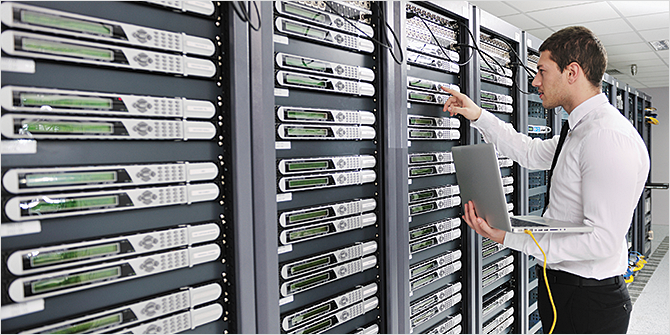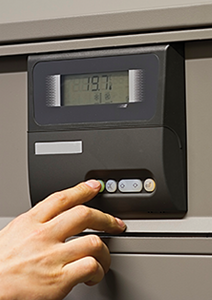Many data centers start out as a few racks in a computer room or network closet. As computing needs grow—driven by factors ranging from business expansion to VoIP to virtualization—more equipment and higher wattages are packed into each rack, often without following a master plan. More equipment means more power consumption and more heat. At the same time, disorderly growth leads to haphazard rack layouts and unmanaged airflow. The result is a cobbled-together environment characterized by cooling inefficiencies.


When users experience malfunctions, shutdowns, premature equipment failures or other heat-related issues, they frequently assume that pumping more cold air into the room from the facility HVAC (heating, ventilation and air conditioning) system or CRAC (computer room air conditioner) will provide an easy solution. However, a smart first step is conducting a site audit to identify where and why hot spots and cooling inefficiencies exist. This evaluation supports informed decision-making about the most effective strategy, which often turns out to be implementing low-cost cooling best practices rather than purchasing and installing additional cooling capacity. Not only is “brute force” cooling expensive and power hungry, turning down the room temperature will only provide a temporary fix for many heat-related problems—if they are fixed at all.
Download the White Paper:
Increase Rack Cooling Efficiency and Solve Heat-Related Problems
Low-Cost and No-Cost Cooling Best Practices Provide Exceptional ROI for Small to Mid-Size Data Centers





